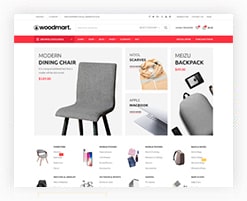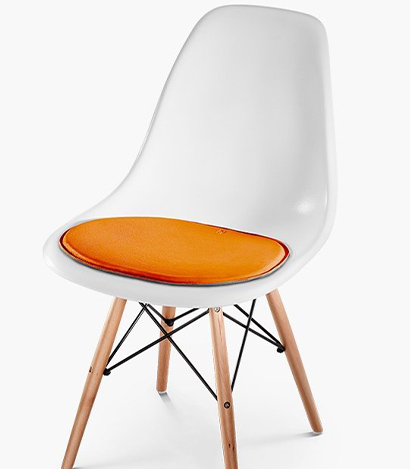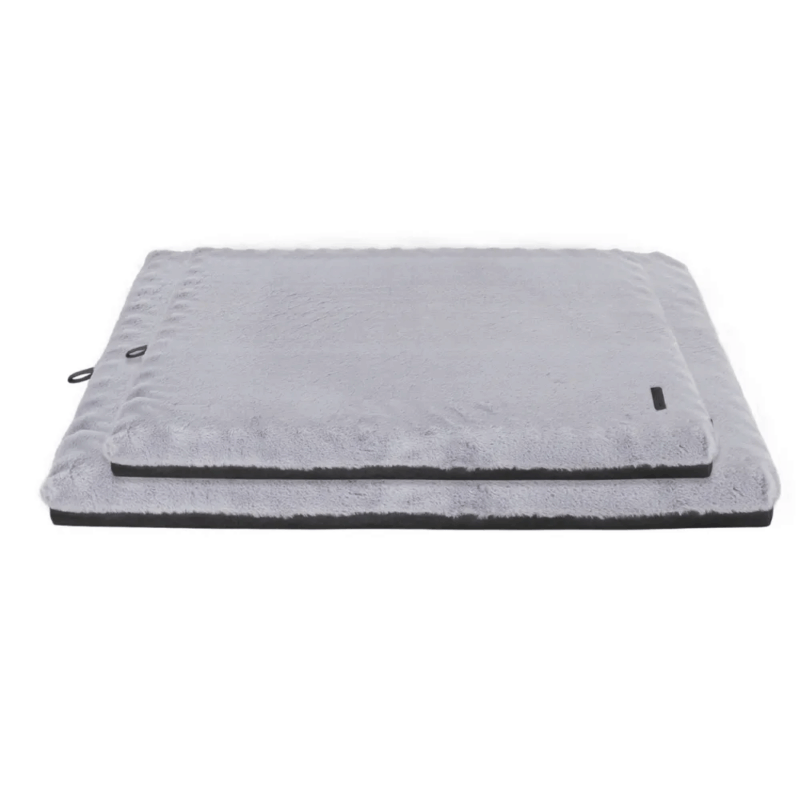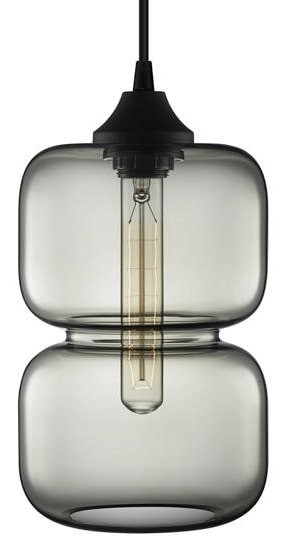Best Dog Leash Australia

• This guide is for responsible dog owners only
• Always supervise your dog during leash use
• Ensure proper fit and regularly inspect equipment for wear
• Follow local council regulations regarding leash requirements in public spaces
Key Decision Points
- Material matters most – Australian conditions demand durability against sun, salt, and rugged terrain
- Length affects control – shorter leashes for training, longer for open spaces with recall training
- Attachment hardware quality determines safety – check clips and stitching regularly
- Multi-functional designs offer versatility but may compromise on specialized performance
- Local availability ensures you can inspect quality before purchase and access customer support
- Our Rigorous Testing Process For The Perfect Dog Leash
- Our Hands-On Review: Testing Australia’s Top Dog Leads
- Where Will Your Dog’s New Best Lead Take You?
- Your Guide to Safe and Smart Dog Leash Shopping in Australia
- Your Guide to Choosing the Perfect Dog Leash in Australia
- Your Step-by-Step Guide to Finding the Perfect Dog Leash in Australia
- Your Top Dog Leash Questions Answered
- Your Next Move: Finding The Perfect Leash For Your Aussie Mate
Content Table:
Our Rigorous Testing Process For The Perfect Dog Leash
Material Durability & Weather Resistance: Australian conditions present unique challenges with intense UV exposure, saltwater environments at beaches, and varied terrain from bushland to urban settings. We assess how materials like biothane, reinforced nylon, and leather hold up under local conditions, though even the best materials will eventually show wear with heavy use.
Hardware Reliability & Safety: The clip mechanisms, stitching, and attachment points represent critical safety components. We examine manufacturing standards and failure points reported by Australian users, recognizing that regular inspection remains essential regardless of initial quality.
Handle Comfort & Ergonomics: Long walks and strong pullers make handle design crucial. We evaluate padding, grip texture, and strap distribution, though individual hand size and sensitivity mean comfort remains somewhat subjective.
Length & Control Balance: Different activities require different leash lengths. We analyze the trade-offs between freedom and control across various scenarios common to Australian dog owners, from crowded footpaths to open park spaces.
Value for Australian Buyers: Considering typical Australian pricing and availability, we assess whether premium features justify additional cost for the average dog owner, while acknowledging that budget constraints affect different households unequally.
Our Hands-On Review: Testing Australia’s Top Dog Leads
Materials & Construction Methods
Biothane & Similar Coated Materials: Gaining popularity for their waterproof nature and easy cleaning, particularly valuable for beach-going dogs or those who enjoy muddy adventures. The smooth surface resists dirt buildup and doesn’t absorb odors, though the coating may eventually crack with prolonged UV exposure if not properly maintained.
Leather: Traditional option that develops character with age and typically becomes softer with use. Quality leather leashes distribute pull force comfortably but require breaking in and regular conditioning to prevent drying and cracking in Australia’s variable climate conditions.
Hardware Components & Safety Features
Length Variations & Functional Applications

Where Will Your Dog’s New Best Lead Take You?
Australian dog owners are discovering that modern leash technology offers significant advantages over traditional options. While standard nylon leashes remain widely available, contemporary designs address specific pain points that many owners encounter during daily walks and training sessions.

Many Melbourne and Sydney residents report that retractable leashes provide their active dogs with necessary exploration space while maintaining control near roads. The extended reach allows dogs to investigate safely while the locking mechanism provides instant restraint when approaching intersections or other pedestrians. However, some users note that the thin cord can become difficult to grip during sudden pulls, making them less suitable for strong, reactive dogs.
Australian dog trainers frequently recommend standard 6-foot training leashes for obedience work, as the fixed length provides consistent feedback during heel work and recall practice. The predictable length helps establish clear boundaries without the variable tension of retractable systems. Some handlers find that adding a traffic handle provides additional control points for quick corrections, though this requires more active hand management during walks.
Families walking multiple dogs simultaneously often benefit from double dog leashes or coupler attachments that connect to a single handle. This configuration reduces tangling and provides unified control, particularly useful when navigating crowded Australian beach paths or park trails. The trade-off comes in individual control, as managing each dog’s separate movements becomes more challenging with connected systems.
Beyond these common scenarios, specialized activities like hiking or running with dogs have driven innovation in hands-free waist leashes. These systems free the owner’s hands while providing secure attachment, though they require proper fitting to prevent hip strain during sudden stops. Australian outdoor enthusiasts appreciate the convenience but should practice in controlled environments before attempting busy trails.
Your Guide to Safe and Smart Dog Leash Shopping in Australia
When selecting dog equipment in Australia, understanding both safety standards and local regulations ensures both compliance and pet welfare. While Australia doesn’t have federal leash laws, individual councils enforce specific requirements regarding dog control in public spaces.

Most Australian local governments mandate that dogs be leashed in public areas unless in designated off-leash zones. Standard requirements include that leashes must be “adequate to control the dog” – typically interpreted as strong enough to restrain the animal without breaking. Retractable leashes are generally permitted provided they meet this control standard, though some councils may have additional restrictions in high-traffic areas.
- Check for manufacturer branding and contact information on packaging
- Look for weight capacity ratings appropriate for your dog’s size
- Examine stitching and connection points for consistency
- Verify that clasps are made of corrosion-resistant materials
- Be wary of unusually low pricing that may indicate inferior materials
Material safety extends beyond basic strength considerations. Some Australian pet owners have reported skin irritation from certain synthetic materials, particularly in hot climates where moisture accumulates. Genuine leather leashes often become more comfortable with use but require regular maintenance to prevent stiffness and cracking in Australia’s variable climate conditions.
Nothing in this article constitutes professional dog training advice. If your dog exhibits concerning behavior or reactivity during walks, consult with an accredited animal behavior specialist for personalized guidance tailored to your specific situation.
Your Guide to Choosing the Perfect Dog Leash in Australia
Choosing the right leash involves matching technical specifications to your dog’s characteristics and your walking environment. This comparison focuses on the most common leash types available to Australian dog owners in the current market.
| Type | Best For | Limitations |
|---|---|---|
| Standard Nylon (6ft) | Training, urban walking, general use | Fixed length restricts exploration |
| Retractable (16-26ft) | Controlled exploration, beach walks | Less control with strong pullers |
| Hands-Free Waist | Running, hiking, multitasking | Requires proper fitting technique |
| Chain Leash | Powerful chewers, security | Heavy, can be uncomfortable to hold |
Choose a standard leash if you prioritize control during training sessions or walks in busy Australian urban environments. The predictable length makes it easier to maintain consistent positioning, though you’ll sacrifice the freedom of extended exploration.
Select a retractable model if your dog has reliable recall and you frequent open spaces like parks or beaches. The extended range allows natural investigation while maintaining connection, though the mechanism requires regular maintenance to prevent jamming or failure.
Consider a hands-free system if you regularly combine dog walking with jogging or need both hands free for other tasks. The distributed weight across your core can reduce arm strain during longer outings, though sudden pulls may affect your balance until you adapt to the system.
For dogs that pull consistently, many Australian trainers recommend no-pull harnesses used in combination with standard leashes rather than relying solely on leash technology to manage the behavior.
Your Step-by-Step Guide to Finding the Perfect Dog Leash in Australia
Proper leash handling ensures both safety and comfort for you and your dog. Follow these steps to maximize your walking experience while minimizing potential issues.
Before first use, fully extend the leash and check for manufacturing defects, paying particular attention to stitching, clasp operation, and any signs of weakness. For retractable models, test the locking mechanism at various extension lengths to ensure smooth operation. Remember to attach identification tags to your dog’s collar separately from the leash connection point.
Hold the handle firmly but without excessive tension, keeping your wrist in a neutral position to prevent strain. For standard leashes, the recommended technique involves creating a slip-proof grip by looping the handle around your palm rather than simply holding the loop. Avoid wrapping the leash around your hand or wrist, as this can cause injury if your dog pulls suddenly.
Maintain appropriate slack based on your environment – tighter in crowded areas, looser in open spaces. For retractable leashes, use the locking feature proactively when approaching potential hazards rather than reacting to situations. Regularly check that the clasp remains securely fastened throughout your walk, particularly with active dogs that change direction frequently.
After walks, especially beach visits or rainy outings, wipe down the leash with a damp cloth to remove salt, sand, or dirt that could degrade materials. Store leashes unfolded and hanging to prevent kinks or permanent curling. Leather leashes require occasional conditioning to maintain flexibility and prevent cracking in Australia’s variable climate.
Replace your leash when you notice significant fraying, stitching separation, corrosion on metal components, or difficulty with clasp operation. For retractable models, inconsistent retraction or sticking mechanisms indicate need for replacement. As a general guideline, consider replacing leashes every 1-2 years with regular use, or sooner if visible wear appears.
Your Top Dog Leash Questions Answered
Reasonable pricing ranges from $15-40 for standard leashes and $25-60 for retractable models. While budget options exist below this range, they often compromise on materials and durability. Mid-range products typically offer the best value, balancing quality construction with reasonable pricing for Australian consumers.
Most quality leashes provide 1-3 years of service with regular use. Durability depends on materials, storage conditions, and your dog’s behavior. Heavy chewers or powerful pullers may require replacement more frequently, while gentle dogs using multiple leashes in rotation might extend this timeframe significantly.
Training leashes typically feature additional handling options like multiple connection points or traffic handles closer to the dog. Standard leashes offer simplicity and reliability for everyday walks, while training versions provide versatility for teaching specific behaviors. Many Australian dog owners start with a training leash during puppyhood then transition to standard models once basics are established.
Check for inconsistent stitching, faint or smeared printing on labels, and lightweight clasps that feel flimsy. Genuine products typically include manufacturer contact information and clear sizing guidance. Be particularly cautious with online marketplaces where unauthorized sellers may offer imitation products at suspiciously low prices.
Australian regulations focus on control capability rather than specific materials. Councils require leashes that can effectively restrain your dog in public spaces. Some materials like chain leashes may be restricted in certain settings due to noise considerations or potential damage to property, so checking local council guidelines is recommended.
Your Next Move: Finding The Perfect Leash For Your Aussie Mate
Selecting the right leash involves balancing your dog’s needs with your walking environment and training goals. The Australian market offers diverse options, each with distinct advantages for different scenarios.
- Standard leashes work best for training foundation and busy urban environments
- Retractable models suit controlled exploration in open spaces with reliable dogs
- Specialized options like hands-free systems benefit active owners combining walking with other activities
- Always match leash strength to your dog’s size and pulling power
- Regular inspection and proper storage extend leash lifespan significantly
Before making your final selection, consider your typical walking routes, your dog’s training level, and any specific challenges you regularly encounter. Many Australian pet suppliers offer reasonable return policies if a leash proves unsuitable, though checking specific terms before purchase is advisable.
Remember that the leash represents just one component of safe dog walking – proper training, attention to your surroundings, and understanding your dog’s behavior all contribute to positive experiences for both you and your pet.
About the Author
With over eight years specializing in pet product analysis and canine equipment testing, our senior product reviewer has developed expertise in evaluating dog walking solutions for Australian conditions. Having worked with veterinary professionals, dog trainers, and behavior specialists, they focus on practical assessments that help owners make informed decisions about their pet’s gear. Their work emphasizes safety, durability, and real-world functionality across diverse Australian environments from urban settings to outdoor adventures.






